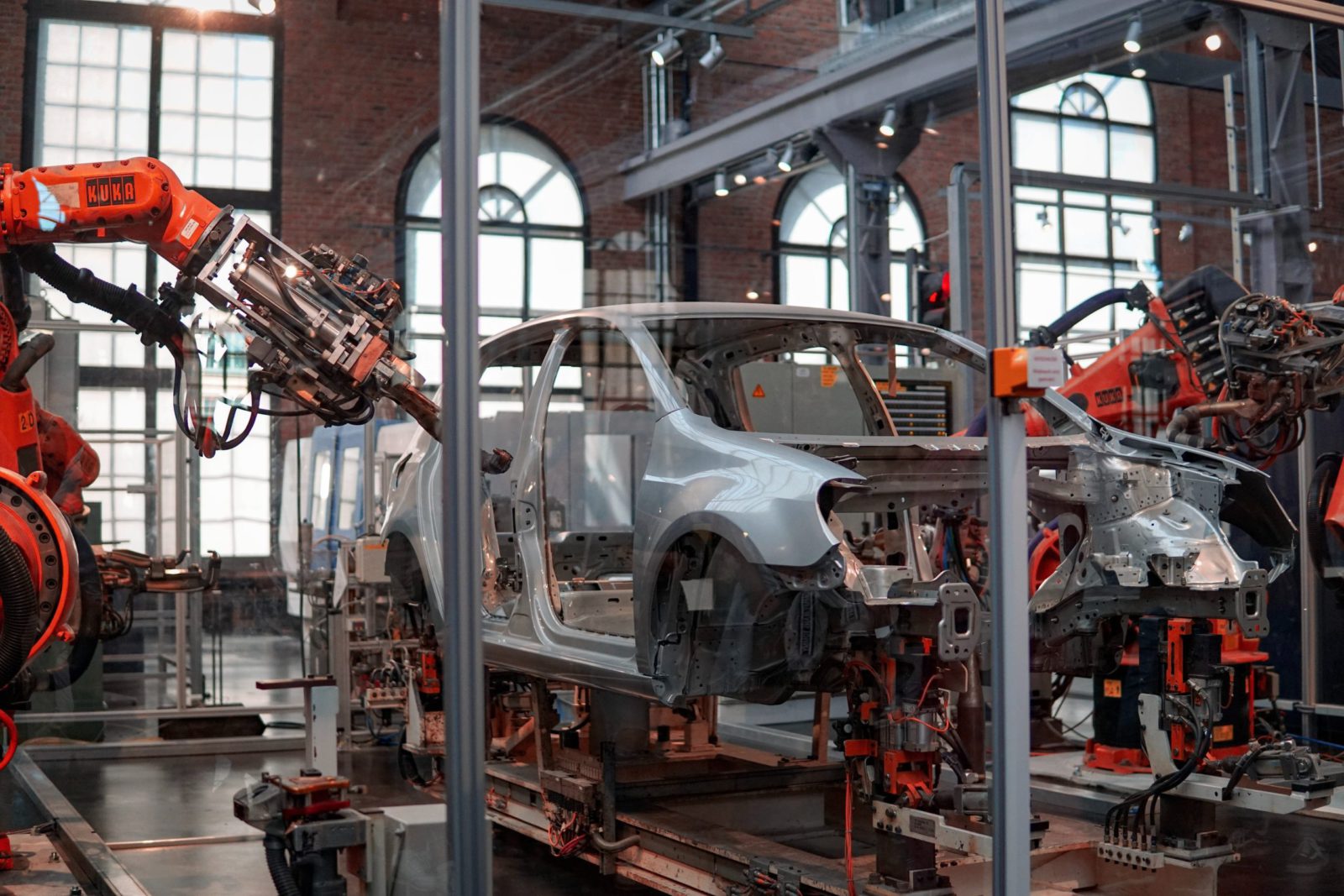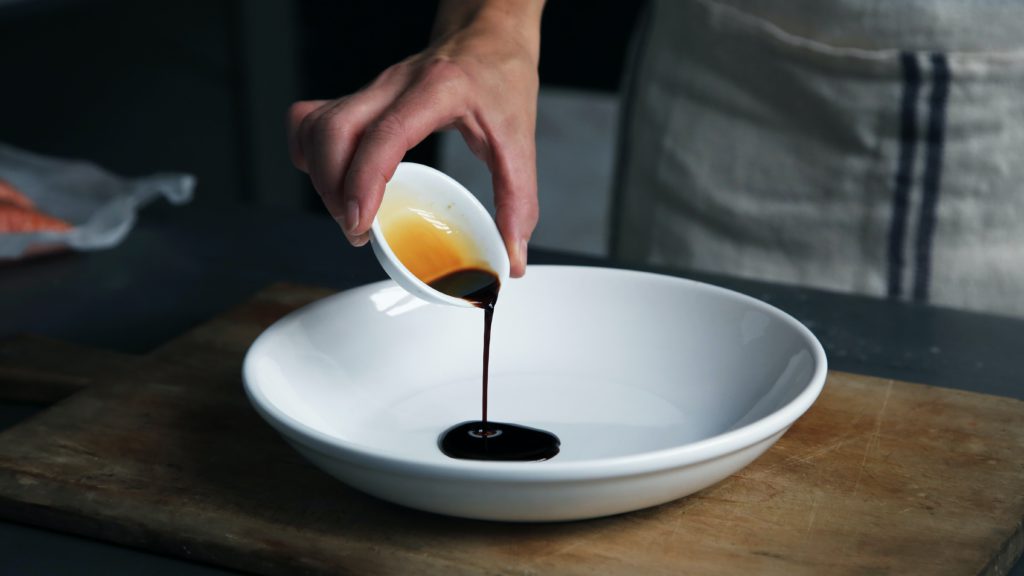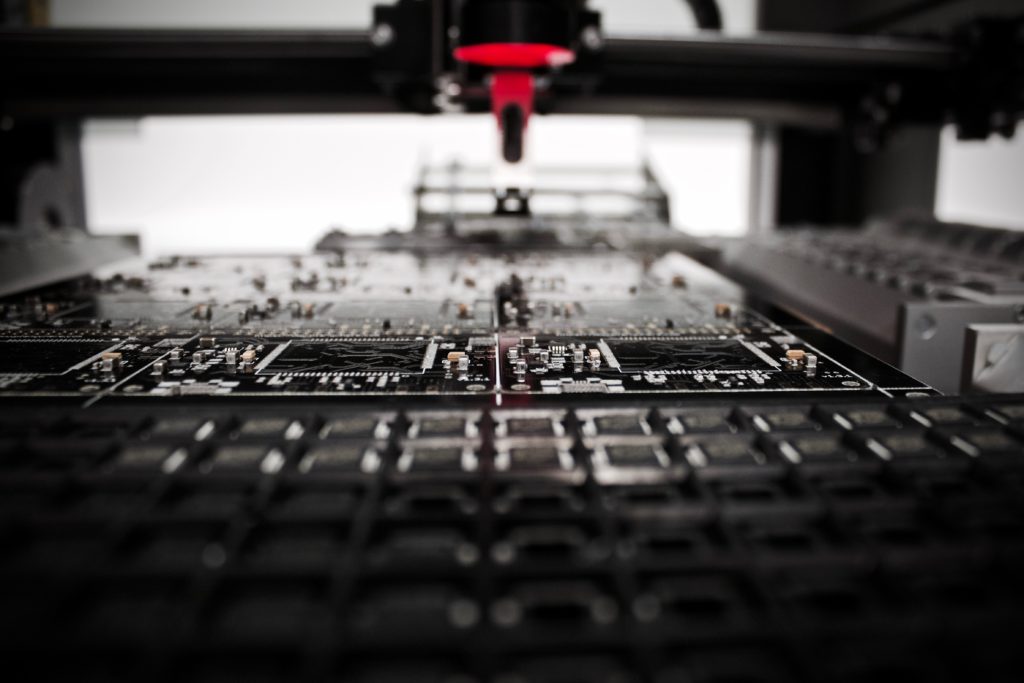For Part 2 and Part 3 Click here
Manufacturing For Chemical Engineers
Chemical Engineers view of manufacturing isn’t manufacturing by machining or assembly but process-based manufacturing of food, medicine, chemicals, consumer good and many others. The manufacturing process type will depend on the product and the quantity of product being produced, if the product is being mass-produced or if the product is bespoke (product variety) this will lead to different types of manufacturing process.
Process choice and type is extremely important for companies to remain competitive in the marketplace and having the correct type of process can be vital for a company and be part of its contingency weaponry, resulting in the company being more efficient in the production of their products and be more flexible to the everchanging consumer demands (Baraliu, 2014). At the same time, the wrong type of process configuration can weaken a company and reduce the company’s capability in the marketplace by not being able finically viable if the process has been altered, due to increases in production or a new product being manufactured.
Categories of Product
Products can be split into 3 main categories; special products, standard products and mass products.
- Special Products: These are products that have a small number being produced and have a high product variety so the product will be tailored towards the client’s preferences. Examples are yachts, specialist tools and design and control of process control systems.
- Standard Products: These are products that are produced in fairly large numbers but still have exclusivity and have product variety within constraints. Examples are high-quality furniture and oil tankers.
- Mass Products: These are mass-produced products that are produced in extremely large numbers and have dedicated automated equipment and are for the masses with little or no variety. Examples are domestic appliances and cars.

Figure 1: Categories of product graph.
Manufacturing Process Types
There are 5 main process types that chemical engineers must be familiar with, what must be understood is that the manufacturing types can overlap, and two manufacturing types can be used for one project (Figure 2).
-
Project Process
Project processes are for the manufacturing of products that are too large or too difficult to move after completion such as a yacht, a dam, buildings, bridges and tunnels. Project processes involve resources (people, materials etc.) that are brought to a site and then when the product is completed or the task that they are used for has been completed the resources move on.
-
Jobbing Process
Jobbing process is for the manufacturing of special products such as formula one cars. Jobbing processes involve skilled individuals or small teams that do all the work involved with the product.
-
Batch Process
The batch process produces standard repeat products that are produced in volumes that justify the capital investment. Examples of batch process products are packaging and plastic bottle, with the process being broken down in different operations and stages, and the process is made ready or set up and the desired quantity of product is produced.
-
Line (Flow/Mass) Process
Line process is a standard mass production process of high repeatability, high volumes and incorporating product variety within constraints, examples are cars and domestic appliances, with the process being separated into different operations that all items within the process must pass through such as a production line, where everything is treated the same so the line doesn’t have to stop and produce more products but it limited by the original constraints of the size of the production line and will require significant investment to increase.
-
Continuous Process
A continuous process is a standard with extremely high-volume production and little product variety, an example is an oil refinery. For continuous processes, the materials go through several automated stages that are kept running for as long as possible as stopping the process will cost a lot of money.

Figure 2: Process Choice Graph.
References
Baraliu, L. (2014). The future of strategic operations Management. Retrieved from Slide Share: https://www.slideshare.net/lbaraliu1/chapter7-35297531

Dr. Adam Zaidi, PhD, is a researcher at The University of Manchester (UK). His doctoral research focuses on reducing carbon dioxide emissions in hydrogen production processes. Adam’s expertise includes process scale-up and material development.’



